Microsoft Unveils 5G/Telco Playbook With ‘Azure For Operators’
‘Today starts a new chapter in our close collaboration with the telecommunications industry to unlock the power of 5G and bring cloud and edge closer than ever,’ says Jason Zander, executive vice president of Microsoft Azure. ‘We‘re building a carrier-grade cloud and bringing more Microsoft technology to the operator’s edge.’
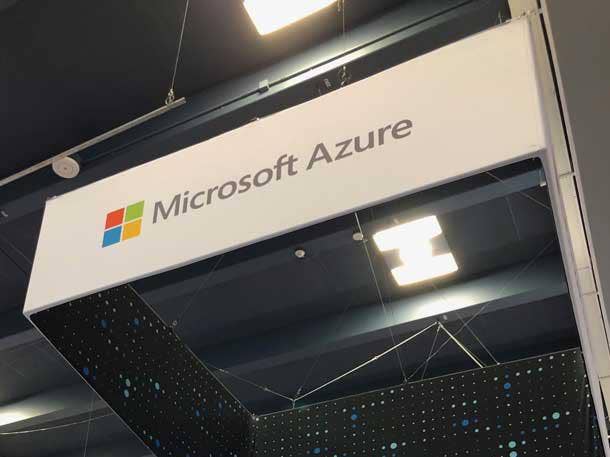
Microsoft Azure Monday laid out its playbook to partner with communications service providers by providing a carrier-grade platform for edge and cloud computing to help network operators realize the full potential of 5G technology.
The No. 2 cloud provider’s new Azure for Operators telco strategy is fortified by its past and current telco-related work—including its partnerships with operators such as AT&T and T-Mobile, and its development of Azure Edge Zones—and acquisitions of telco-geared software makers Affirmed Networks and Metaswitch earlier this year.
“Today starts a new chapter in our close collaboration with the telecommunications industry to unlock the power of 5G and bring cloud and edge closer than ever,” Jason Zander, executive vice president of Microsoft Azure, said in a blog post Monday. “We‘re building a carrier-grade cloud and bringing more Microsoft technology to the operator’s edge. This, in combination with our developer ecosystem, will help operators to future-proof their networks, drive down costs and create new services and business models.”
Using Microsoft Azure and its artificial intelligence (AI) and machine-learning capabilities, operators will be able to automate their operations and offer new services including ultrareliable, low-latency connectivity, mixed-reality communications services, network slicing and highly scalable Internet of Things (IoT) applications to help transform industries, Zander said.
Last summer, Microsoft Azure and AT&T unveiled a multiyear strategic alliance to leverage AI and 5G using AT&T’s network and the Azure cloud platform to market integrated solutions in areas including voice, collaboration, edge, IoT, public safety and cybersecurity. Microsoft is now AT&T’s preferred cloud provider for non-network applications.
“Since that announcement, we’ve made considerable progress on our journey to become a ‘public cloud-first’ company,” Igal Elvaz, AT&T’s senior vice president of wireless, said in a statement. “Microsoft’s recent and bold acquisitions in the wireless core space will further support our long-term strategy of using public cloud for network workloads.”
In addition to AT&T, inaugural partners for Azure for Operators include systems integrators Accenture and Tech Mahindra, and ASOCS, Etisalat, Hewlett Packard Enterprise, Intel, Mavenir, Red Hat, Samsung, Telstra, Tillman Digital Cities, Verizon and VMWare.
“We want to bring, effectively, the cloud economical models to the operators and carriers,” Yousef Khalidi, corporate vice president of Azure Networking, told CRN. “Until not long ago, most of the public clouds—I‘m referring to us and the two other big ones—were mostly designed and catering for the enterprise space, and that was a 10- to 12-year journey to get us there. But if you look really at meeting the needs of the whole segment of the telecommunications sector, we did not really meet their core network needs. We definitely ran their enterprise back-office applications, line of business, CRM, etc., but not the core networks. So we realized there’s an opportunity to help our customers better here.”
To do so, Microsoft needed to have the right technology set, the right people and the right mindset to understand what those customers need to better serve their own customers, Khalidi said.
“Their needs are carrier-grade networks, software that can run mobile and wired and wireless networks,” he said. “All of us are going through an inflection point with 5G. They also have a need to introduce compute in their workloads, which is something, frankly, we understand quite well.”
Click through to read more about the Operators for Azure strategy unveiled by Microsoft, which last week said it had joined the 5G Open Innovation Lab—a global ecosystem of developers, enterprises and government institutions—as a founding partner to help startups with its engineering and technology resources.

Microsoft’s Network
Microsoft’s network allows it to connect with operators at 170-plus points of presence and more than 20,000 peering connections around the globe, according to Zander.
“More than 200 operators have already chosen to integrate with the Azure network through our ExpressRoute service, enabling enterprises and partners to link their corporate networks privately and securely to Azure services,” he said. “We also provide additional routes to connect to the service through options as varied as satellite connectivity and TV white space spectrum.”
Microsoft Azure will support operators as they evolve their infrastructure and operations using technologies including software-defined networking, network functions virtualization and service-based architectures, according to Zander.
Some operators may adopt the Azure platform and select a mix of virtualized or containerized network function providers, while other operators have requested complete end-to-end services as components for their offers, he said.
“We are bringing to market a carrier-grade platform for edge and cloud to support the operator’s goals to future-proof their infrastructure with disaggregated and containerized network architecture,” he said. “Recognizing that not everything will move to the public cloud, we will meet operators where they are—whether at the enterprise edge, the network edge or in the cloud.”
A very key point is that the operators would retain the control points over the software and how they configure it, use it and offer it, according to Khalidi.
“Of course, we will try to use as much of the physical infrastructure as possible for cost-sharing and so forth, but … the control points, the policies, the mechanisms are operated for their own infrastructure,” he said.
Talk to any telco company, and they’ll tell you that in their industry, they have to combine offerings by many vendors to end up with an end solution, Khalidi said.
“So we‘re going to be articulating to the marketplace how we’re going to be very partner-centric, how we’re going to interoperate with virtually everybody to meet the customer needs and how we will meet the needs of the brownfield existing solutions plus the greenfield solutions,” he said.

Understanding Operators’ Pain Points
Microsoft Azure has been approaching the space by getting to know the operators’ software that‘s driving the requirements and making sure its platform really meets those needs, according to Khalidi.
“We‘ve done this thing with the Windows client, with Office and actual applications,” he said. “We’ve done it with the server. That’s really how we know how you build an operating system. Same thing here. We have in-house software that will drive Azure or make it a better platform—a carrier-grade platform for the telcos.”
Microsoft Azure worked to understand the industry’s pain points and the opportunities they have with 5G and compute at the edge—including pain points for operational costs and complexity, and opportunities for technologies including edge computing, IoT and machine-to-machine communication.
Operators identified points of control that are important to them, including control over where a slice, network API or function is presented to the customer; where and how traffic enters and exits their network; visibility and control over where key functions are executed for different customer scenarios; and the configuration and performance parameters of core network functions.
“The good news is that we have learned a lot through what we have built so far over the last decade or so,” Khalidi said. “You‘re going to see more investments in that space with meeting the needs of the operators themselves and their own customers. You’re going to see more synergies between edge computing, computing in the public cloud, on-premises, with meeting both the network infrastructure needs and enterprise customers running on top the whole thing.”
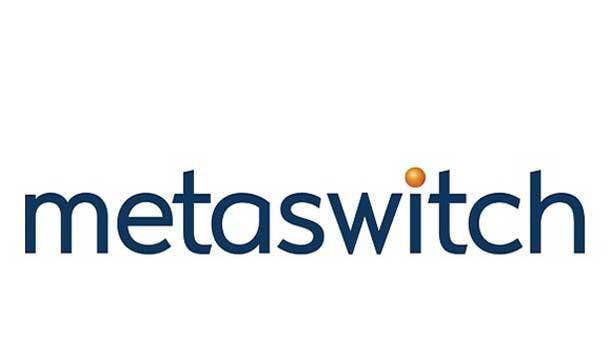
Microsoft’s Acquisitions
In March, Microsoft unveiled an agreement to acquire Affirmed Networks—a company then valued at a reported $1.35 billion—for its 5G core, cloud-native solution for mobile operators. And in May, it said it was buying unified communications provider Metaswitch and its virtualized network software and voice, data and communications solutions for operators.
Those acquisitions of two leading providers of technology in the telco space are testament to how serious Microsoft is about competing in the industry, according to Khalidi.
“They are the leading, virtualized, containerized technology providers in this space,” Khalidi said. “By bringing in literally hundreds of engineers, with the corresponding specialists in the field, we basically got this DNA into our ecosystem, and we‘re going to morph this project and improve it. This is not a side project. This is a core mission for us.”
Given its recent acquisitions of two of these companies and the work that it’s already done, Microsoft is not starting from scratch,” said Rohit Mehra, vice president of network infrastructure at IDC, a market intelligence firm based in Framingham, Mass. “The fact that these companies have already been on this journey to bring cloud-native architectures to telecom operators‘ networks, it does give Microsoft a really good head start in this transition.”
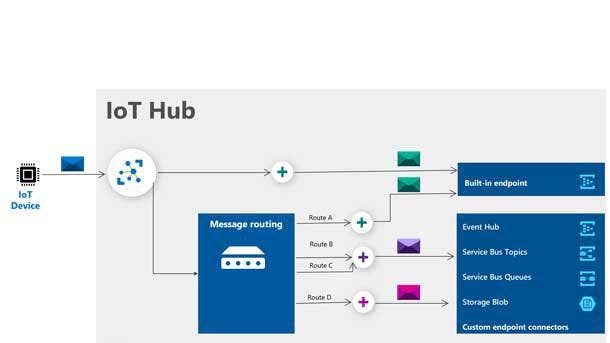
Operators And IoT
Microsoft Azure’s primary IoT focus is simplifying its solutions to accelerate what it can do with operators from the edge to the cloud, according to Zander.
“We’ve done so by creating a platform that provides simple and secure provisioning of applications and devices to Azure cloud solutions through Azure IoT Central, which is the fastest and easiest way to build IoT solutions at scale,” he said. “IoT Central enables customers to provision an IoT app in seconds, customize it in hours and go to production the same day. IoT Plug and Play dramatically simplifies all aspects of IoT device support and provides devices that ‘just work’ with any solution and is the perfect complement to achieve speed and simplicity through IoT Central.”
Mobile operators will be able to act as resellers of the Azure IoT Central application platform through their own solutions, he said.
“Cellular connectivity is increasingly important for IoT solutions and represents a vast and generational shift for mobile operators, as the share of devices in market shifts towards the enterprise,” Zander said. “We will continue our deep partnership with operators to enable fast and efficient app development and deployment, which is critical to success at the edge. This will help support scenarios such as asset tracking across industries, manufacturing and distribution of smart products, and responsive supply chains. It will also help support scenarios where things are geographically dispersed, such as smart city automation, utility monitoring and precision agriculture.”
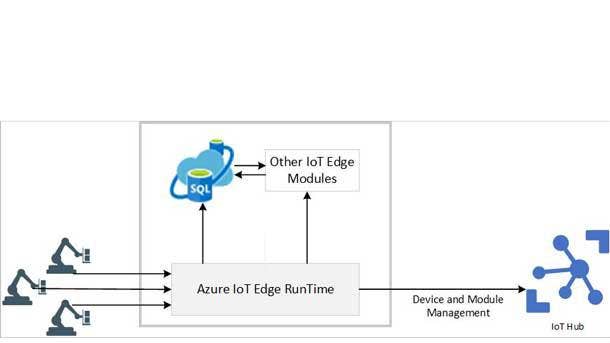
Partner Opportunities
Systems integrators Accenture, a 15-time Microsoft Global Alliance SI Partner of the Year, and Tech Mahindra, a New Delhi, India-based Azure Networking partner focused on new 5G use cases with Azure Edge, are among Microsoft’s inaugural partners for Azure for Operators.
“These [telco] solutions, frankly, when they‘re deployed, they have to fit in with existing environments,” Khalidi said. “There’s a certain amount of complexities in real life. So our current partners … will play a crucial part in this space. Virtually every big SI, for example, has a telecommunication practice, which is going be part and parcel of our offerings, too.”
With 5G ushering in an array of new innovative products and service solutions, communications service providers are embarking on a critical journey to network cloud and edge transformation—reinventing their networks to unlock 5G applications and use cases, and unleash new pathways for B2B2X growth, according to Francesco Venturini, Accenture’s global communications and media industry lead.
“Accenture is excited to be working with Microsoft as their strategic go-to-market and systems integration partner—bringing together the collective strengths of our organizations and our pre-engineered solutions—to drive cloud-native and edge adoption, and unleash the future potential of connected industry verticals,” Venturini said in a statement.
Tech Mahindra’s networks and industry vertical knowledge, combined with Microsoft’s cloud strength, network core and edge platforms, will form a solid foundation to accelerate 5G for enterprise in industry verticals such as manufacturing, health care, retail, oil and gas, automobiles and smart cities, said
Manish Vyas, Tech Mahindra’s president of communications, media and entertainment business and CEO of its network services.
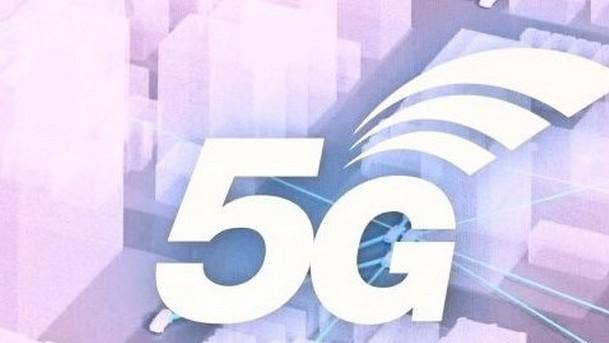
5G And Enterprises
5G in the next decade will be significant not only for operators and the wireless industry, but for enterprises, as they start to really leverage 5G for their own use cases and business outcomes that they are trying to deliver, Mehra, of IDC, said.
“Enterprises will want these cohesive solutions where they can leverage best-of-breed connectivity, which is 5G from all the operators,” he said. “There‘s lots of enterprise applications that actually reside in public cloud. That’s not going to change. But, in conjunction with those applications that reside in the cloud, for which you may still connect through the operators’ 5G networks, you will also see applications that need better latency and performance characteristics than what the traditional cloud offers, which means you need to think about an edge strategy or a telco edge cloud strategy.”
That‘s where the vision of cloud providers, in conjunction with the operators’ strategies, comes in, according to Mehra.
“Operators provide the services, the connectivity, and obviously they are absolutely relevant for these enterprises, but they also need to provide appropriate architectures,” he said. “In some cases, it will be the operators‘ edge. In some cases, it could be the enterprise edge. And, of course, in some cases, the traditional cloud.”
Like other large-scale cloud providers, Microsoft Azure can offer its global presence and scale, and its wide-scale connectivity at the low latency that many of these applications and communications services need, including IoT requirements, Mehra said.
“The way new services are going to develop, which absolutely need 5G architectures, I think we‘ve only seen the tip of the iceberg,” he said. “It’s a fantastic opportunity for the industry to look at this entire decade, which will be essentially seen as how 5G enabled digital transformation and made it a reality across the many industries and enterprises that are embracing it.”